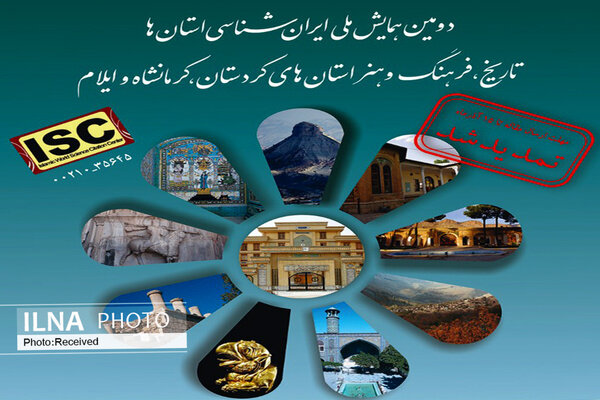National webinar to address history, arts of western Iran

TEHRAN – Tens of historians, archaeologists, as well as cultural heritage and art experts have been invited to discuss western Iranian civilizations in a national webinar on Monday.
Organized by Iranology Foundation, the event is set to shift the focus on the history, arts, and culture of the provinces of Ilam, Kordestan, and Kermanshah, ILNA reported.
The webinar is part of larger series that addresses every corner of Iran, which its outcome is expected to signal a turning point in Iranian studies and to help strengthen national identity, according to organizers.
Soaked in history, culture and natural beauties, many western Iranian cities are still considered as lesser-known or less-favored travel destinations.
Home to almost half of the country’s UNESCO sites, western Iran is home to hospitable people, wild extremes, and wilder history, and it may be an independent traveler's adventure playground. The region also witnessed the rise and fall of many great empires once bordering Mesopotamia, Ottoman Turkey, and Czarist Russia.
Experts say that western Iran is heaven for off-the-beaten-track lovers. Last year, UNESCO registered Iran’s Uramanat cultural landscape to its list of world heritage sites. It boasts dense and step-like rows of houses in a way that the roof of each house forms the yard of the upper one, a feature that adds to its charm and attractiveness.
Stretched on the slopes of Sarvabad county, and shared between the provinces of Kordestan and Kermanshah in western Iran, Uramanat embraces hundreds of villages, 106,000 hectares of land, and 303,000 hectares of surrounding properties.
Over the past couple of years, western Iranian provinces have held several meetings to discuss ways to expand tourism, bringing together local officials, hoteliers, travel agents, and tour operators from provinces of Lorestan, Ilam, Chaharmahal-Bakhtiari, Kohgiluyeh and Boyer-Ahmad, Kermanshah, Kordestan, Hamedan, Zanjan and East Azarbaijan, amongst others.
The Islamic Republic expects to reap a bonanza from its numerous tourist spots such as bazaars, museums, mosques, bridges, bathhouses, madrasas, mausoleums, churches, towers, and mansions, of which 26 are inscribed on the UNESCO World Heritage list. Under the 2025 Tourism Vision Plan, Iran aims to increase the number of tourist arrivals from 4.8 million in 2014 to 20 million in 2025.
AFM
